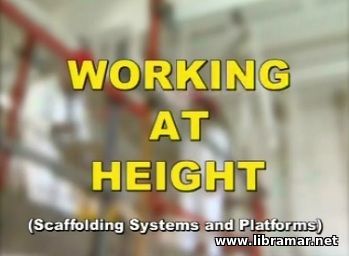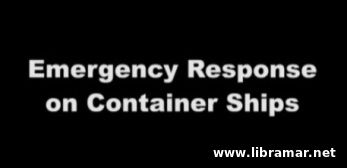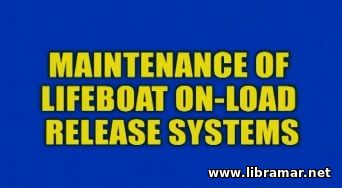
Time was, going to the scaffold only meant one thing - sudden death. The thing is that sometimes it still does. When it comes to working on scaffolding, it is easy to imagine some of the things that may go wrong. Maybe you are on a platform with no guardrails, or you have got no safety harness, for instance. But there are plenty of other hazards which are not that obvious.
The sad truth is that deadly mistakes can happen at any of stages of the working process. Even when you are just thinking about what kind of access equipment to use, or designing or erecting the scaffolding, or left alone actually doing the job. So, each and every one of us, if we are involved in height access equipment, it does not matter how, has a responsibility for our own safety and that of the people around us.
It is clear that if you want to keep a risk of the falls and other accidents to a minimum, you need to plan the whole process of working at height. The first step in that process is assessing the risks. Before anyone can work at height, there needs to be a risk assessment. It will help determine the safest way to go about the whole process. Start by looking at the measures which will provide protection for everyone - by controlling access, for example.
After that, think about individual protection, such as protective equipment, where risks can't be further reduced by other means, and make sure that the gear you use is right for the situation. Remember, the process is not over after the initial risk assessment, there is also need for continuing monitoring...







